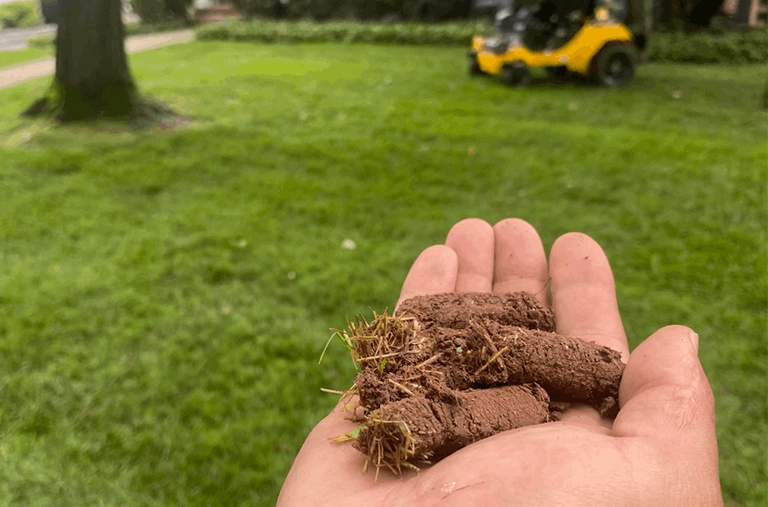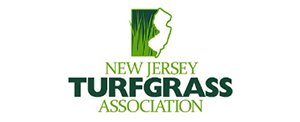A lush, vibrant lawn not only enhances the curb appeal of your home but also provides a great space for your family to relax and play. Achieving and maintaining such a lawn requires more than just regular mowing and watering; aeration and overseeding play crucial roles. Timing these activities correctly is key to maximizing their effectiveness, ensuring that your lawn stays healthy throughout the year.
What is Aeration? What is Overseeding?
Aeration involves perforating the soil with small holes to allow air, water, and nutrients to penetrate the grassroots. This helps the roots grow deeply and produce a stronger, more vigorous lawn.
Overseeding involves spreading grass seed over an existing lawn.
Done together, these practices revitalize your lawn by reducing soil compaction, filling in bare spots, improving the soil structure, and enhancing its overall health and appearance.
Best Time for Aeration
The timing of aeration depends largely on the type of grass you have and your climate:
– Cool-season grasses (like fescue, bluegrass, and ryegrass) thrive when aerated in early spring or fall. This timing allows the grass to heal and grow rapidly in cool weather.
– Warm-season grasses (such as Bermuda, St. Augustine, and zoysia) are best aerated in late spring or early summer. This period marks the beginning of their most active growth phase.
Best Time for Overseeding
Overseeding is most effective when done immediately following aeration, as the seeds can settle into the holes created by aeration, ensuring better soil contact and germination rates. Like aeration, the best time for overseeding also depends on grass type:
– Cool-season grasses: Overseed in the fall, as the mild temperatures and decreased weed competition allow for optimal seed germination and establishment.
– Warm-season grasses: Late spring or early summer is ideal, coinciding with their natural growth period.
Seasonal Guidelines for Aeration and Overseeding
– Northeastern U.S.: Aerate and overseed cool-season grasses in early fall for best results or early spring if needed, however we do recommend applying some type of organic material such as; compost or topsoil to condition the ground immediately after.
– Southeastern U.S.: Warm-season grasses benefit from aeration and overseeding in late spring as temperatures start to rise.
– Unusual weather patterns: Should an unusually wet summer or dry fall occur, adjust your aeration and overseeding schedule accordingly to take advantage of the best soil and weather conditions.
Preparing for Aeration and Overseeding
Preparation is key to successful aeration and overseeding:
1. Water your lawn: Ensure the soil is moist but not soggy a day before aeration.
2. Mow and clean: Mow your lawn to a lower height and clean up debris to allow better access to the soil.
3. Mark any obstacles: Clearly mark sprinkler heads, cables, and other hidden objects to avoid damage during aeration.
Adhering to these seasonal guidelines for aeration and overseeding can significantly improve the health and beauty of your lawn. By choosing the right times to perform these crucial tasks, you can help ensure your lawn remains a lush and welcoming space year-round.
Ready to give your lawn the care it deserves?
Contact GreenStripe today to schedule your professional aeration and overseeding services. Let us help you achieve the perfect lawn that not only looks great but is also healthy and durable.



